We only use functional and analytical cookies to ensure our website functions optimally. These cookies do not use personal data. Read more. ACCEPT REJECT
Optimized for renewable energy
Zeroth enables the dynamic decoupling between sourcing and distributing thermal energy. This flexibility greatly improves performance, especially when temperatures and grid prices fluctuate.
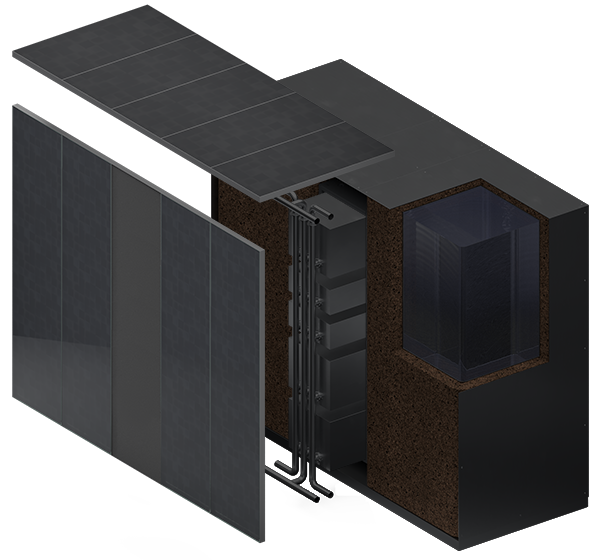
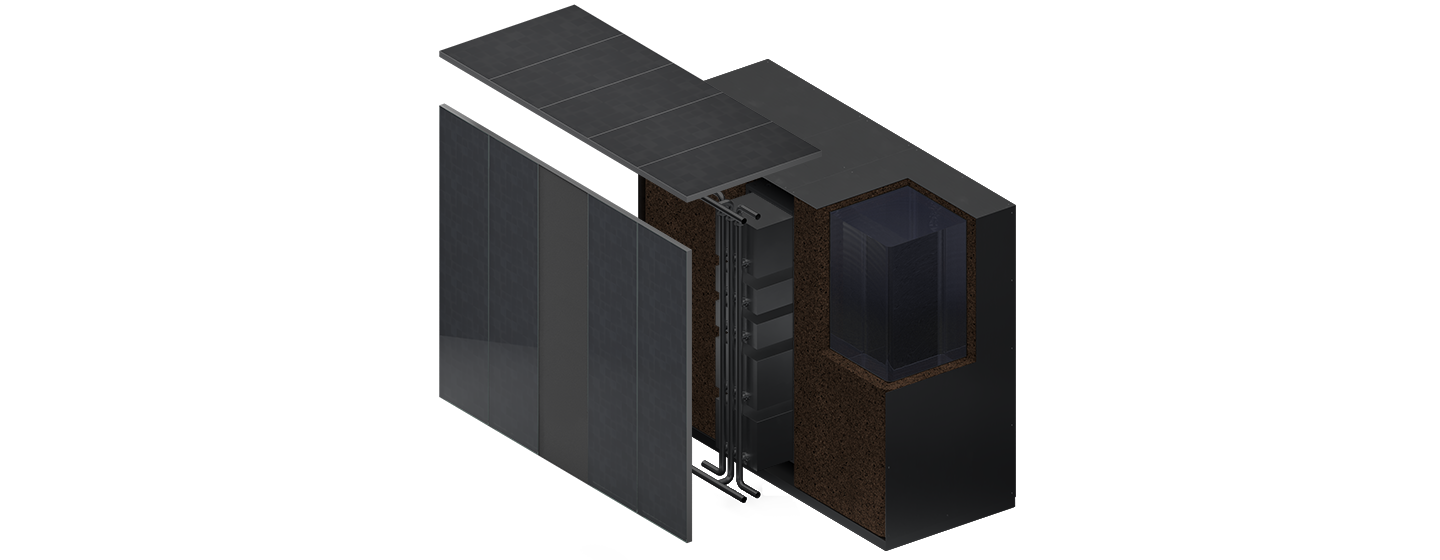
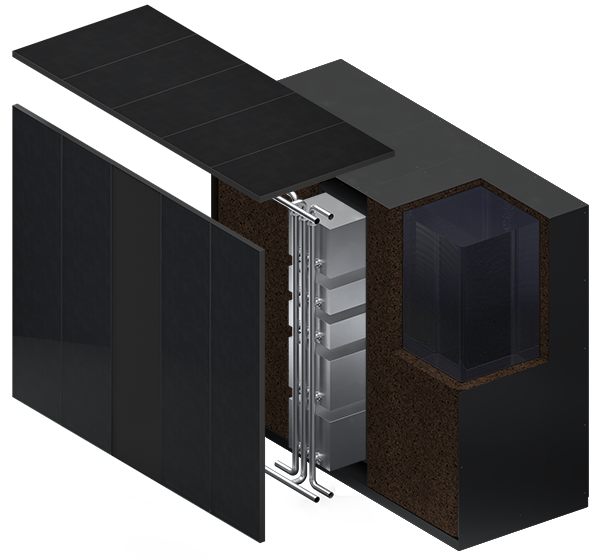
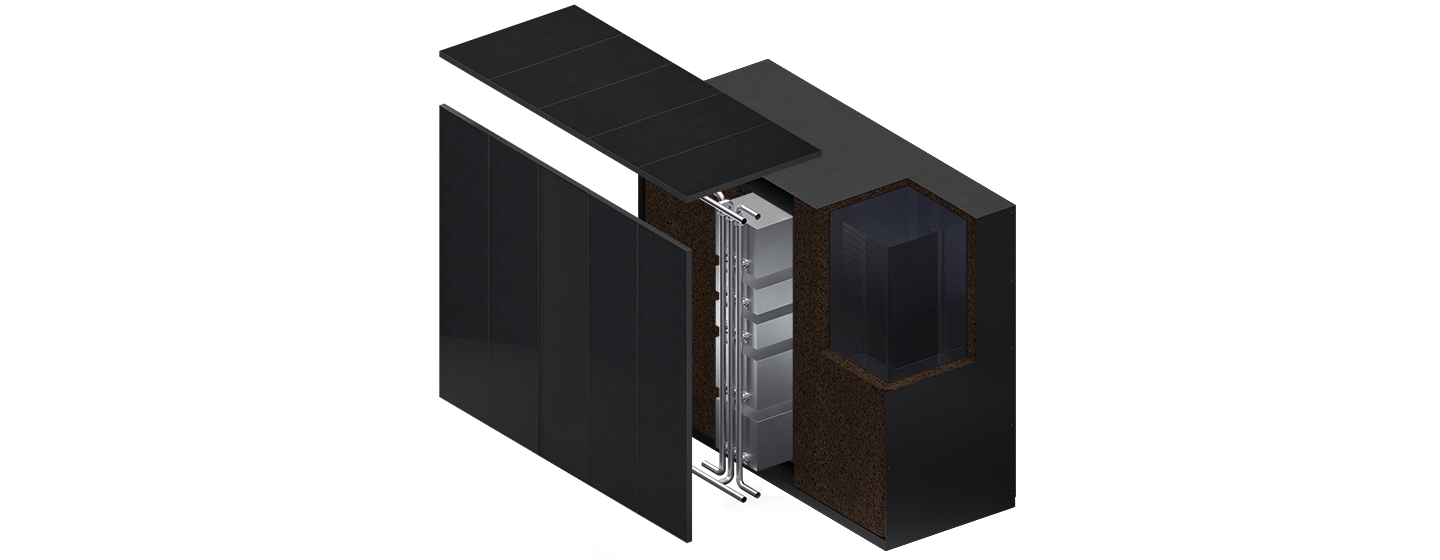
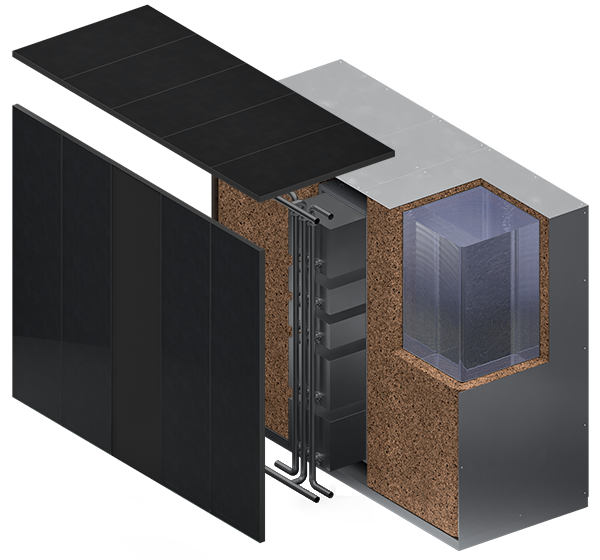
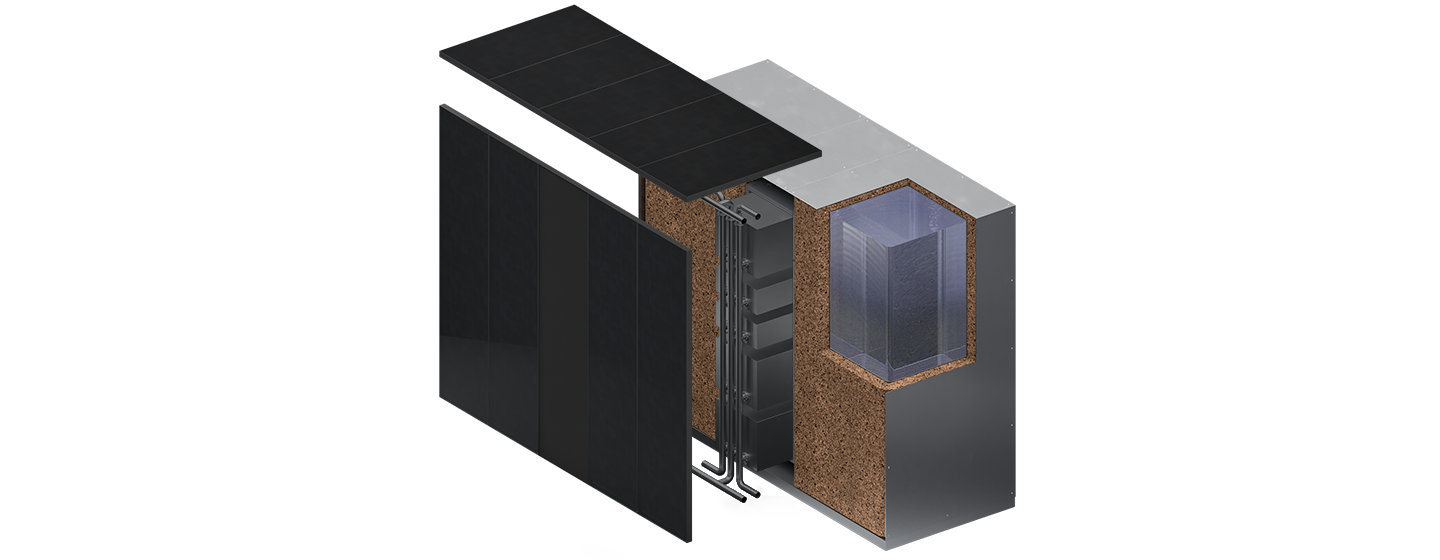
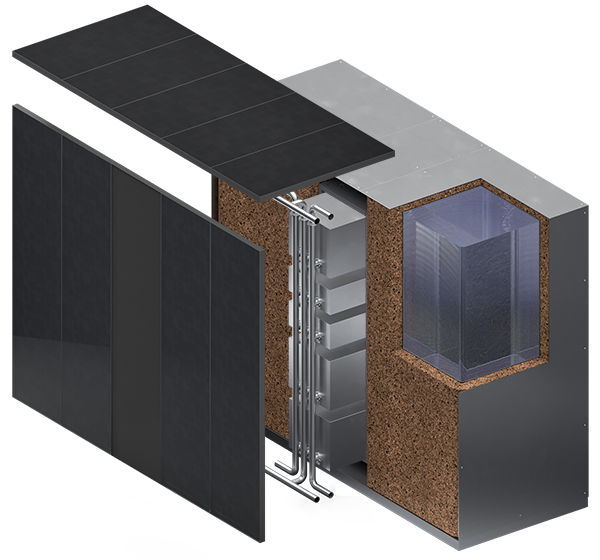
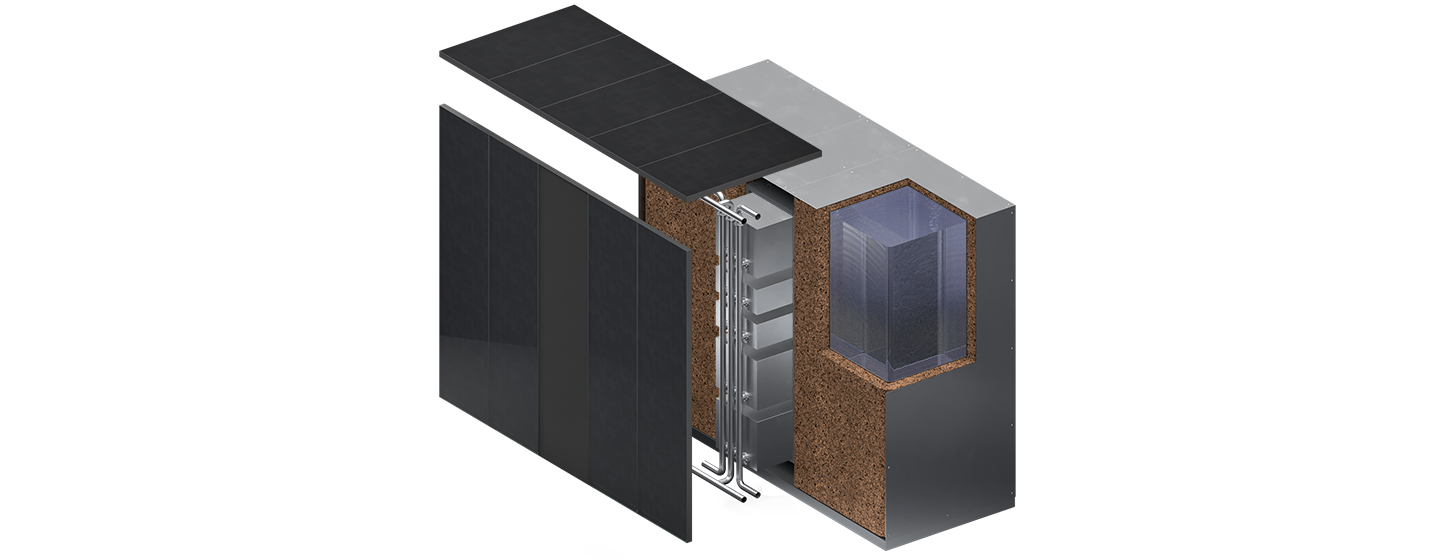
COLLECT
Heat exchangers
Photovoltaic panels (optional)
Solar thermal (optional)
AMPLIFY
Heat Pump
Natural refrigerant
Heat exchangers
Supercapacitor
Fans, Pumps, Valves
IoT & Sensors
STORE
Water
Stainless steel
Expanded cork
Natural antifreeze
DISTRIBUTE
Hot/cold water or air
Fresh air (optional)
Soon available: Integrated Air handling, Virtual Power Plant, Color options, Facade-integration.
Renewable energy is abundant if it is collected at the right time
Zeroth’s signature thermal process blends bioclimatic design principles with advanced heat pump technologies to maximize passive energy gains through dynamic load-shifting, while minimizing material usage and non-local energy imports.




ZEROTH
COP 3.5–15
HEAT PUMP
COP 2.5–6
Our dynamic amplification process is driven by daily energy fluctuations
Renewable energy is intermittent. Zeroth sources thermal and electrical energy when it is most available in order to deliver thermal energy on-demand to the building, at its cheapest and cleanest.
GRID USEGRID USE
30–80% reduction
COP (no solar)COP (no solar)
5.2
PEAK POWERPEAK POWER
50% reduction
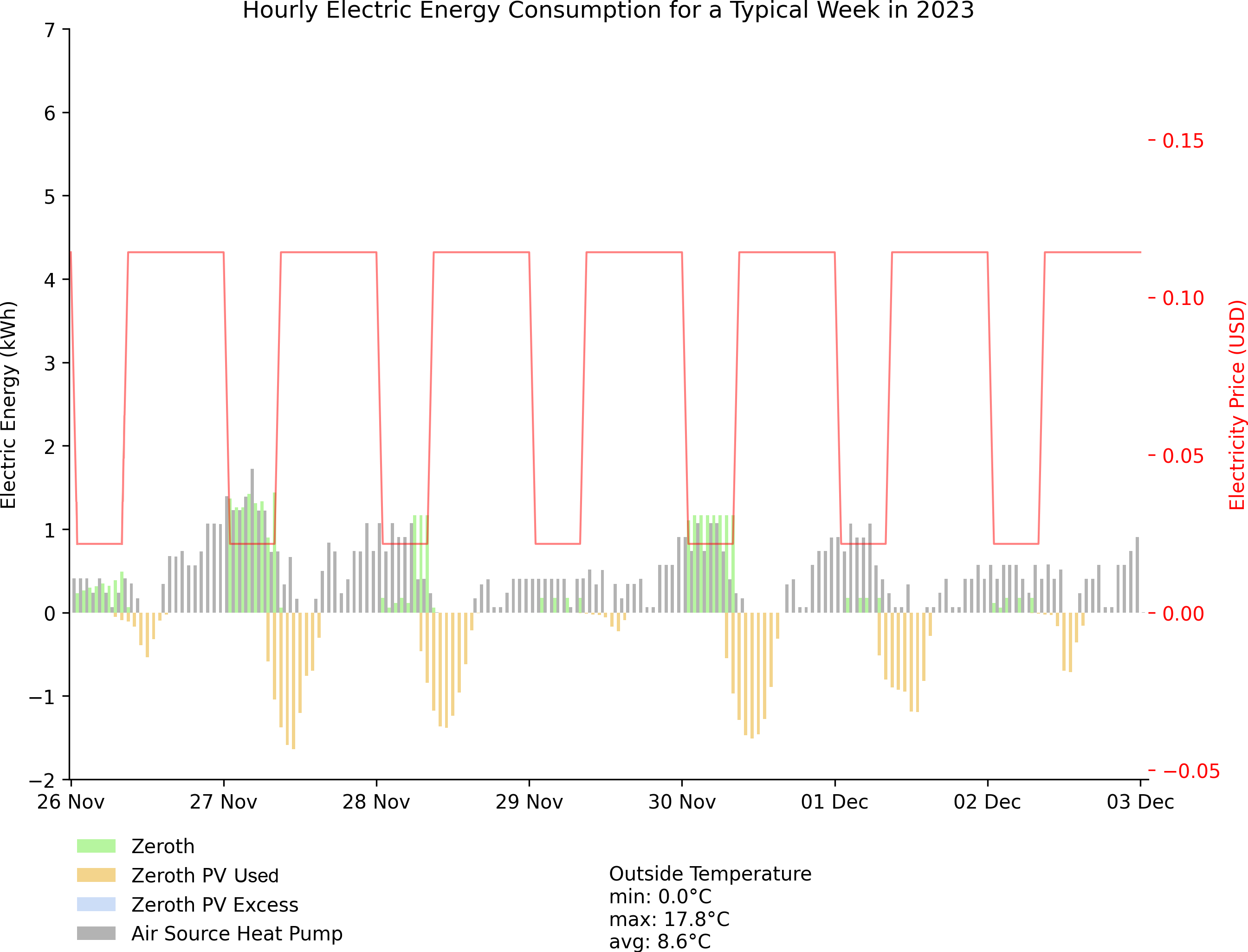

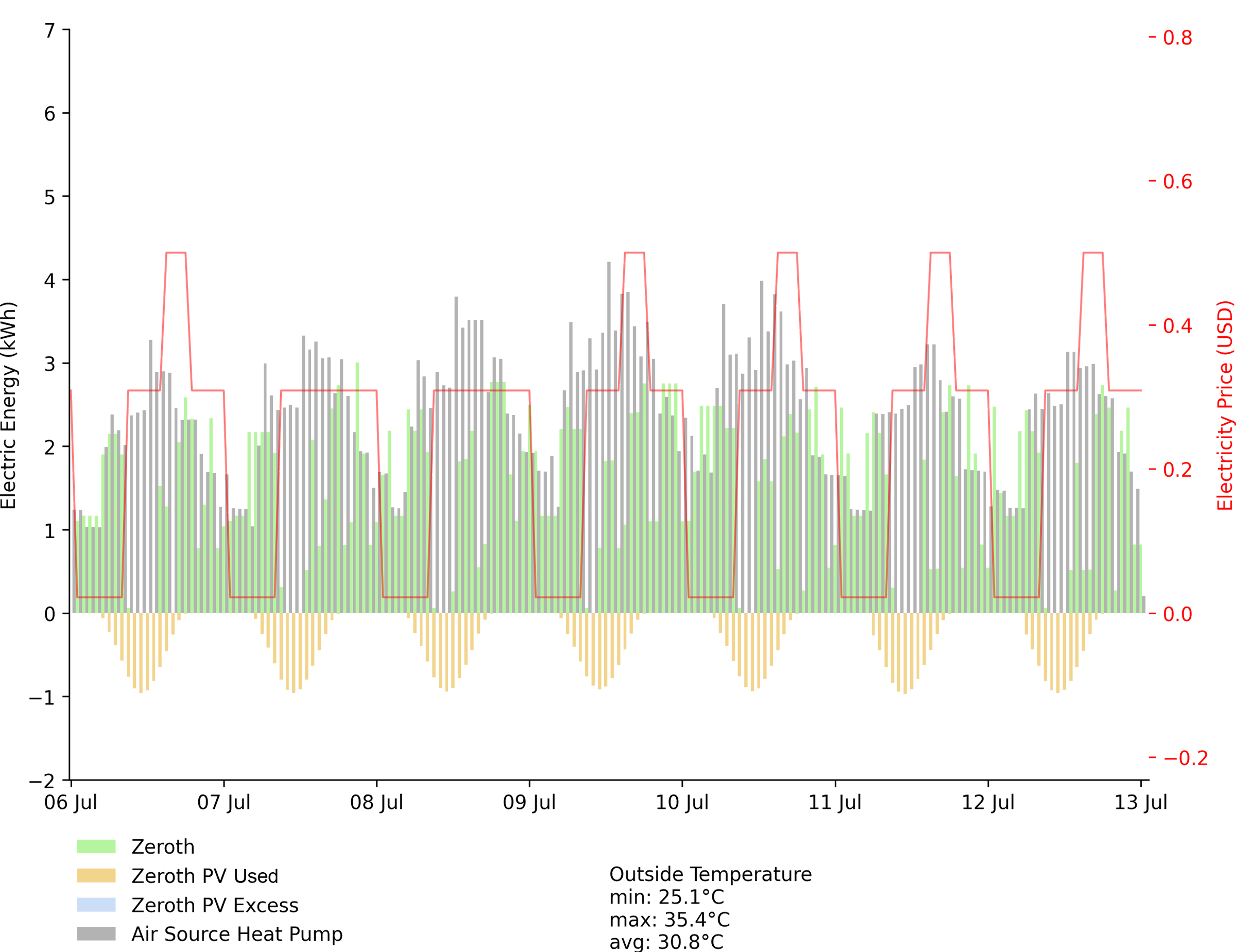

Typical Week (2023)
Hourly electric energy consumption for a typical week in 2023
Extreme Week (2050)
Hourly electric energy consumption for an extreme week in 2050
Simulation data for an average 250 m² (2500 sq ft) House in New York City with a South-facing Zeroth Medium cladded with solar panels.
Our design maximises financial and environmental savings
The integration of components into a single prefabricated system enable multiple optimisations pathways through more flexible controls. Then, using locally-sourced water as energy storage positively impacts reliability, costs and carbon footprint throughout the building lifecycle.
COMFORTCOMFORT
100%
$ SAVINGS$ SAVINGS
40–70%
CO₂ SAVINGSCO₂ SAVINGS
2–8 tons/yr
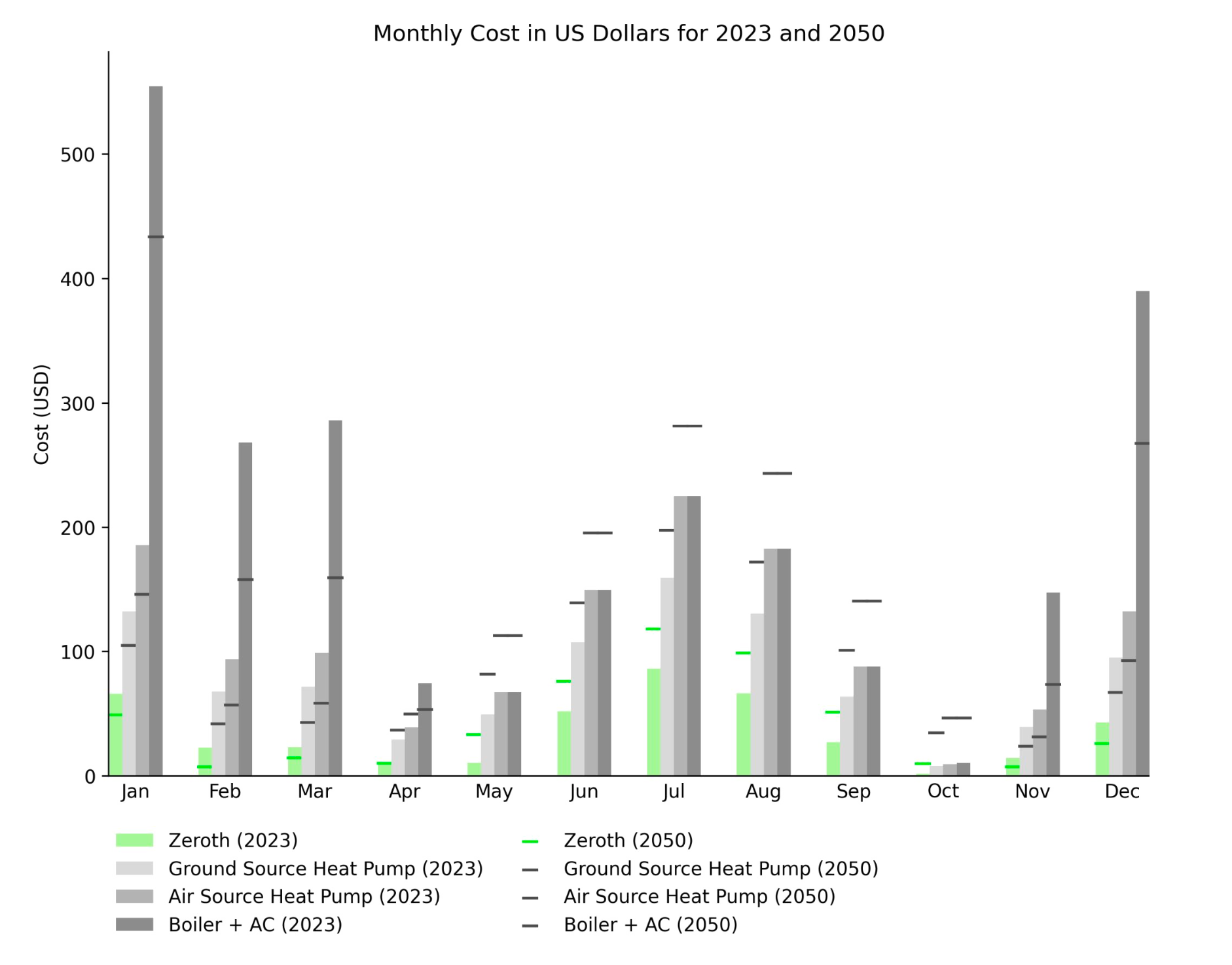

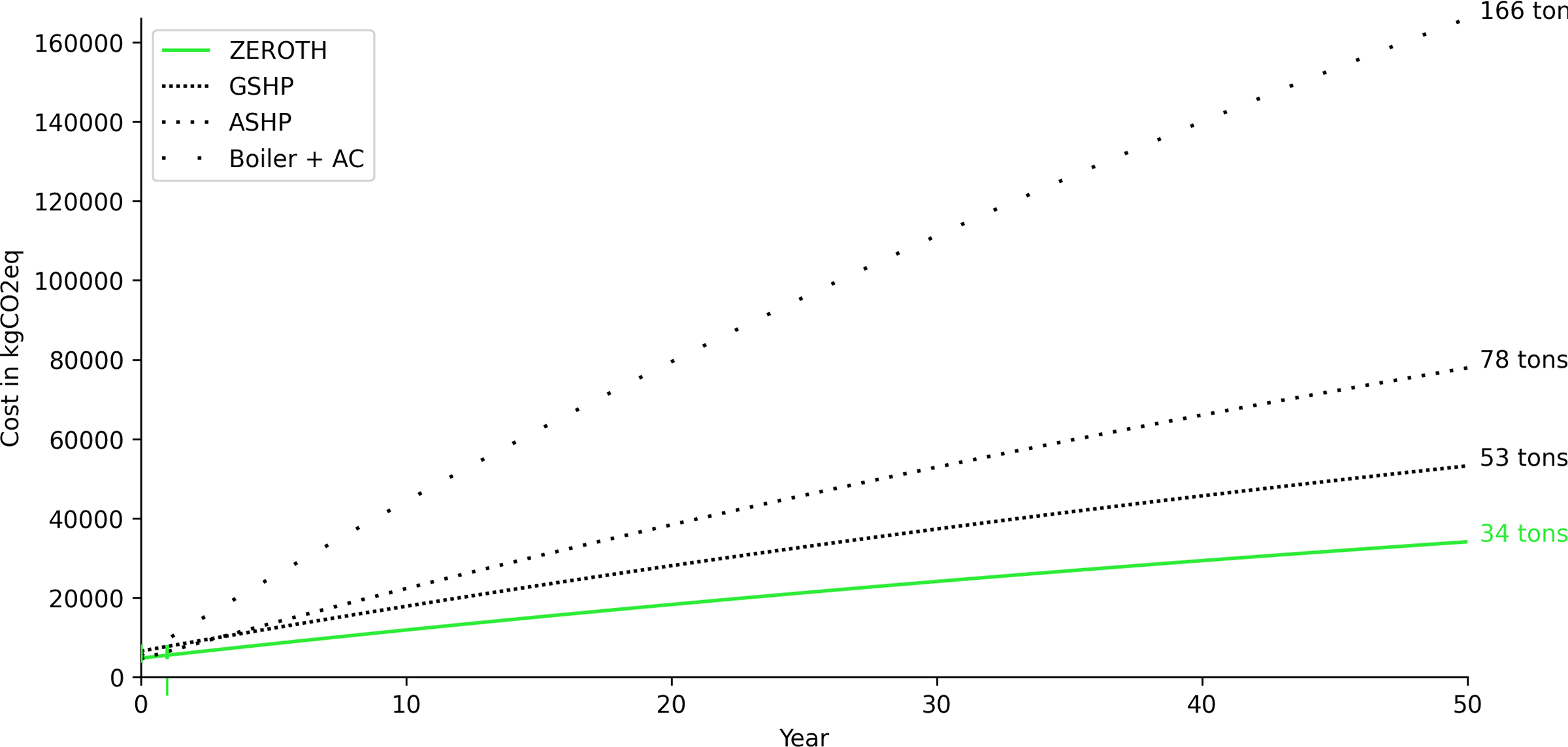

$$$ Savings
Monthly operational cost comparison between different systems in 2020 and 2050
CO₂ Savings
Cumulative cost evolution for each system in CO₂ (CAGR -1% – Renewable energy mix)
Simulation data for an average 250 m² (2500 sq ft) House in New York City with a South-facing Zeroth Medium cladded with solar panels.
Performance projections across climate zones and building types

COMING SOON
Towards Perpetual Climate Architecture

2023 © Zeroth Systems Inc.